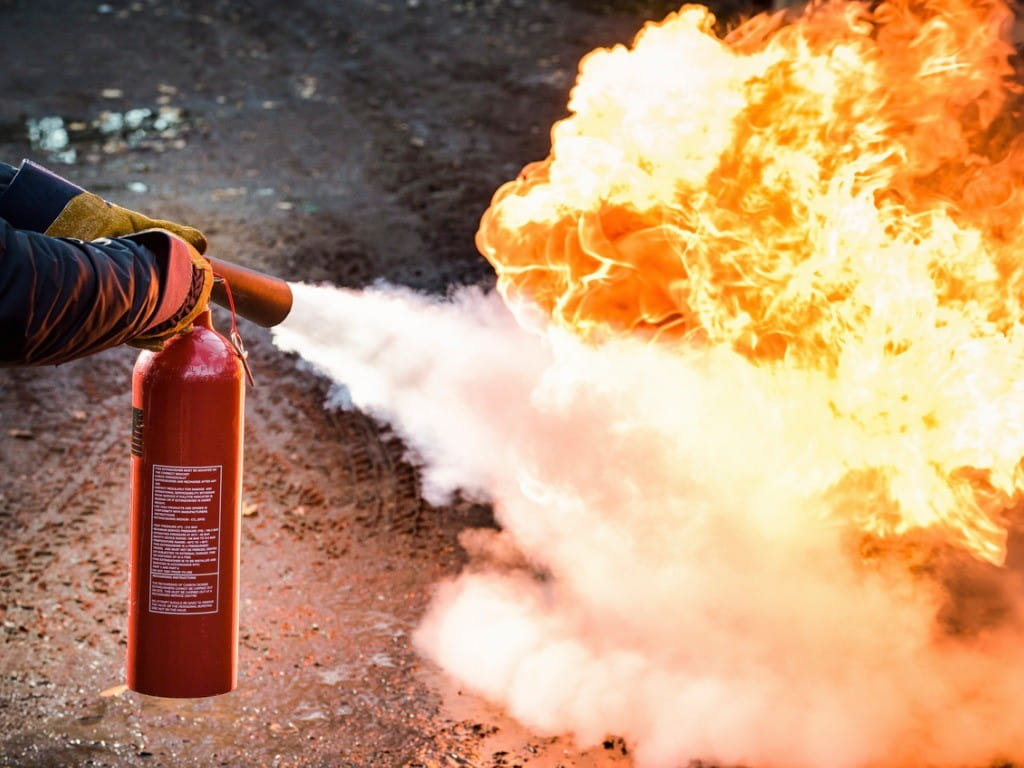Fire extinguishers are an essential safety component in any building, whether it’s a residential apartment, office space, retail store, or industrial facility. Their presence can prevent small fires from escalating into catastrophic events. However, simply having fire extinguishers on-site is not enough—they must be inspected and maintained regularly to ensure they function properly when needed. For property owners in Tampa, understanding the local fire code requirements and best practices for inspections is vital for ensuring safety and legal compliance.
To stay compliant and protect occupants, many building managers rely on certified Fire Extinguisher Inspection Tampa providers who perform professional evaluations, servicing, and documentation. These experts are trained to identify issues such as pressure loss, damaged components, expired chemicals, or code violations—helping property owners avoid fines and maintain a safe environment.
Why Fire Extinguisher Inspections Are Critical
Fire extinguishers can save lives and reduce property damage during emergencies, but they only work if they are fully operational. Over time, extinguishers can lose pressure, develop leaks, or suffer from physical damage. Monthly and annual inspections help catch these issues early, ensuring each unit remains in proper working condition.
Moreover, inspections are mandated by national and local fire safety regulations. Neglecting routine inspections can lead to:
- Failed fire safety audits
- Legal penalties or citations
- Voided insurance claims
- Equipment failure during emergencies
For Tampa property owners, staying up to date with inspections is a responsibility that directly affects the safety of tenants, employees, and assets.
Inspection Requirements in Tampa
Fire extinguisher inspection requirements in Tampa align with the standards set by the National Fire Protection Association (NFPA), particularly NFPA 10, and the Florida Fire Prevention Code. The key inspection milestones include:
1. Monthly Visual Inspections
These are basic checks that property owners or assigned staff can perform:
- Ensure each extinguisher is in its designated location
- Check that the unit is clearly visible and easily accessible
- Inspect for signs of damage or tampering
- Confirm the pressure gauge is in the operable range
- Make sure the pin and tamper seal are intact
Each inspection should be documented and kept on file, typically in a fire log.
2. Annual Maintenance by a Certified Technician
Once a year, a licensed fire extinguisher technician must perform a comprehensive inspection and service. This includes:
- Checking internal pressure and integrity
- Testing the discharge mechanism
- Examining hoses, seals, and nozzles
- Refilling or recharging the extinguisher, if necessary
- Updating the inspection tag with the date and technician’s credentials
The technician may also provide a detailed report for compliance records.
3. Six-Year Maintenance and 12-Year Hydrostatic Testing
Rechargeable dry chemical extinguishers require a complete internal examination every six years. This involves discharging the unit, inspecting all internal components, and replacing the extinguishing agent.
In addition, hydrostatic testing is required every 12 years to verify the structural integrity of the extinguisher’s cylinder. This is a safety-critical procedure and must be performed by certified professionals.
Common Issues Identified During Inspections
During fire extinguisher inspections in Tampa, technicians often discover the following problems:
- Low or zero pressure
- Corroded or damaged cylinders
- Obstructed nozzles
- Missing or broken pins/seals
- Expired or contaminated extinguishing agents
- Units not suited for the fire risks in the area
Addressing these issues promptly is necessary to keep your building compliant and prepared for fire emergencies.
Documentation and Compliance
Every serviced extinguisher must have an updated inspection tag that includes:
- Date of inspection
- Type of service performed
- Technician’s initials or license number
In addition to these tags, building owners should maintain written or digital inspection logs to provide proof of compliance during fire safety inspections.
Choosing the Right Inspection Partner
To ensure accurate and reliable service, property owners in Tampa should choose a licensed fire protection company that:
- Is familiar with NFPA and Florida fire codes
- Offers thorough inspection, maintenance, and refill services
- Provides detailed reports and documentation
- Has experience with various types of extinguishers
The right service provider will not only help you meet regulatory requirements but also enhance overall safety and preparedness.
Conclusion
Regular fire extinguisher inspection in Tampa is essential for protecting property, lives, and meeting legal standards. By staying proactive with monthly checks, scheduling annual professional maintenance, and keeping up with long-term servicing, property owners can avoid penalties and ensure that their safety equipment is ready for use at all times. Partnering with a knowledgeable service provider adds peace of mind, knowing that your extinguishers are in expert hands and fully compliant with all fire safety regulations.


